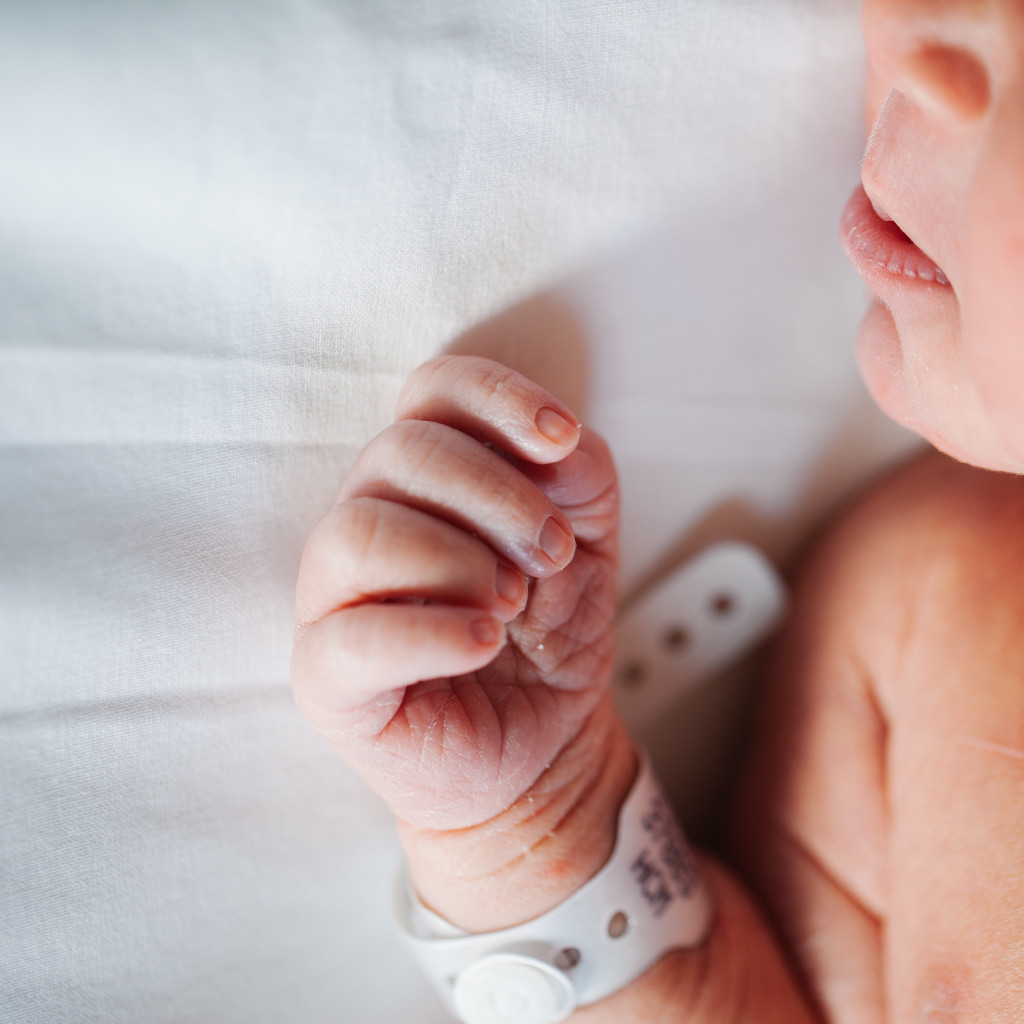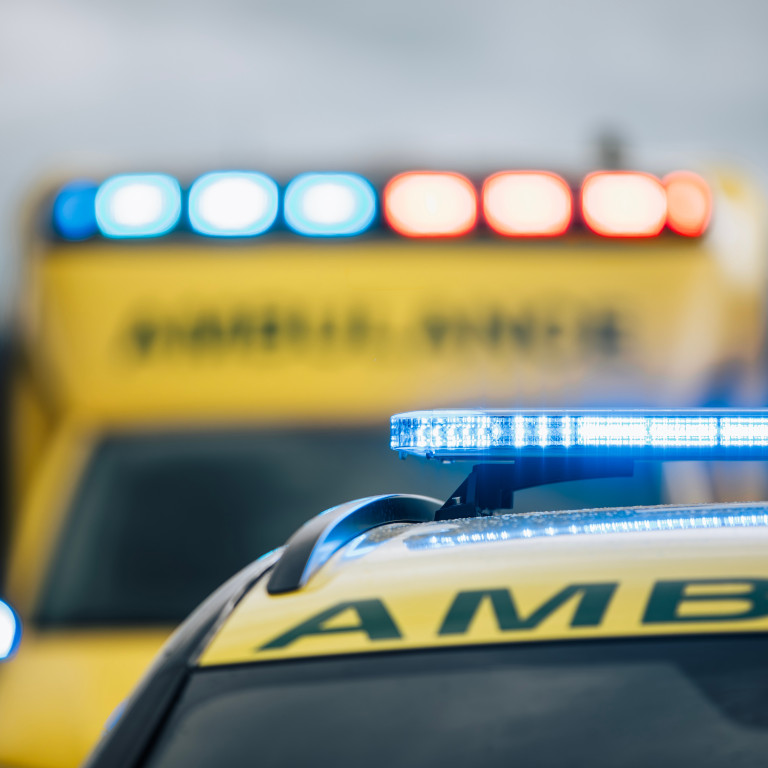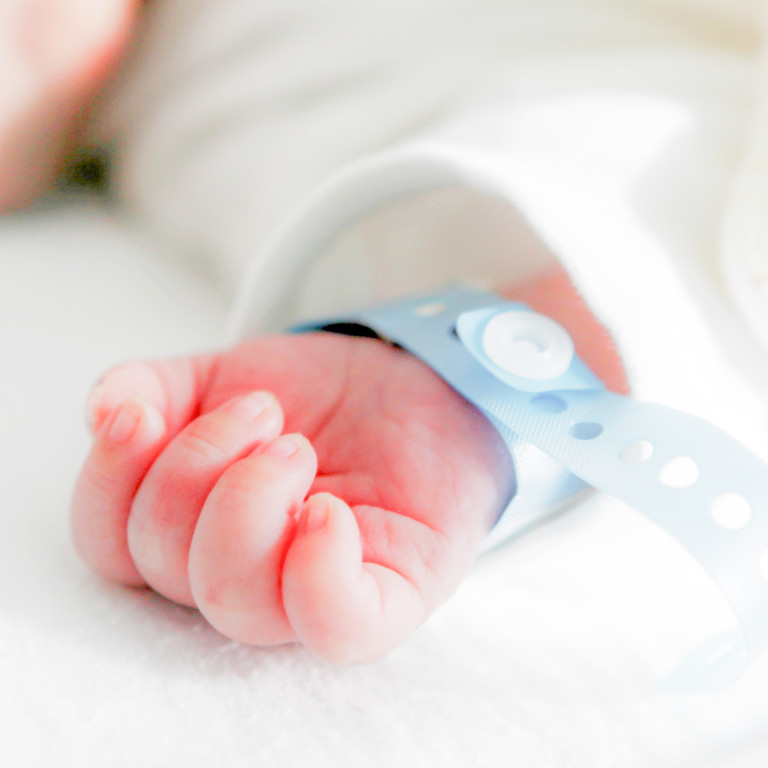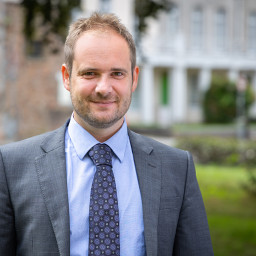Sophia was born at hospital in Essex in the mid 2000s and her parents noticed immediately that she was not moving her arm. They noticed the midwives whispering to each other, holding their daughter’s limp arm. They were eventually told that the nerves had possibly been damaged by the forceps used to deliver her but they shouldn’t worry, as it would only be temporary.
But 4 months later there was no improvement and through their own research and contacts they managed to get a referral to a Professor, specialising in the management of Erb’s Palsy at the Royal National Orthopaedic Hospital, in London. It was only at that first appointment that Sophia’s condition and the cause, was properly explained to them and they were given an indication as to what the future may hold.
Sophia had surgery aged 7 months and once her body cast was removed, there was a noticeable difference in the way she moved her arm. It felt transformative. From that moment Sophia’s arm gradually improved week by week, and her specialists were pleased with her progress. However, the progress eventually plateaued, and her parents had to accept that she would always have restricted movement in her arm and that the impact that this would have on her would remain to be seen. All efforts were focused in encouraging her to do as much physio (as she would allow) and keep her fit and active with lots of sports and activities to minimise any deterioration of the range of movement in her arm as she grew.
Sophia’s parents had contacted the hospital early on to ask what had happened to leave their daughter with nerve damage. After an investigation they were told that it was unclear how it had happened. They said that obstetric brachial plexus palsy was sometimes associated with shoulder dystocia but there was no evidence of that in the medical records. The doctor who delivered Sophia, Dr Taylor denied that he had used excess force and he and the midwife present did not remember shoulder dystocia occurring. Finally, the hospital said the injury would not have been caused by the forceps and that these injuries can be caused by the forces of labour.
The family contacted Tozers and instructed them to investigate a claim. The Trust continued to deny that they were responsible. It was a difficult claim given that there was no note of shoulder dystocia in the birth records, but the parents were clear in their recollection that the birth was difficult. The claim ultimately had to be issued at the High Court.
7 years after Sophia was born, baby Ava was born at the same hospital. Sadly following a very difficult birth when shoulder dystocia occurred, Ava also suffered damage to her brachial plexus. Fortunately, an early diagnosis and referral was made and Ava was first seen at the RNOH and later transferred to Leeds Royal Infirmary under their specialist team.
When Ava’s parents made a complaint about her injury, they were told that it was not possible to say with certainty whether the injury was caused as a result of the delivery. However the birth was conducted by an experienced obstetrician who has used appropriate measures in accordance with national guidance for shoulder dystocia, and that Erb’s Palsy can occur even in caesarean section births. Ava’s parents also contacted Tozers solicitors to investigate a claim on behalf of their daughter. When considering Ava’s medical records, we noticed that it was Dr Taylor who had delivered Ava. Dr Taylor being the same doctor who had delivered Sophia some 7 years previously. There were also other similarities in terms of what happened during the two births.
It is not surprising that an obstetrician is involved in more than one birth complicated by shoulder dystocia, over his career, given the number of deliveries they are involved in. It is not the first time we have encountered this. It was useful information but not conclusive evidence of negligence, it did not mean that either claim was bound to succeed. It was circumstantial evidence at best, as clinical negligence is difficult to prove. However, as Sophia’s case progressed (it being more advanced than Ava’s), for reasons specific to the case it become more important, and we were able to bring this to the Defendant Trust’s attention at the most tactically opportune moment in the Court timetable.
The Defendant Trust may (but equally may not) have known about Dr Taylor’s involvement in another claim, but what was important was our knowledge of this fact (brought to their attention), as such information is not in the public domain.
We were ultimately able to secure a high settlement with the Defendant Trust in Sophia’s claim who did not want the matter to go to Trial.
Having secured the settlement in Sophia’s case, we separately contacted the Trust in relation to Ava’s case. We advised of the knowledge we had of likely difficulties they would face in defending the claim (which had arisen in Sophia’s claim) and Dr Taylor’s involvement in both. After a few months we received a full admission of liability in Ava’s claim.
These cases demonstrate how bringing a claim for your child not only can secure compensation on an individual basis, but it can also assist others. There are wider benefits in that bringing complaints, resulting in investigations, and instigating legal claims lead to Trusts working to improve training and standards of maternity care, to avoid the human cost of injury and the financial cost to the NHS. However specifically here, due to the determination of both sets of parents to seek justice for their child, the knowledge and information gained from each case directly assisted the other in equal measure, to secure a successful outcome for both.
All names have been changed to safeguard confidentiality.
How can Tozers help?
For any further information, or for advice on bringing a claim please contact our dedicated medical negligence legal experts.






